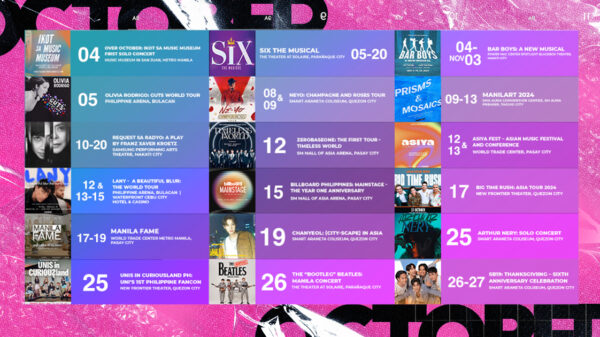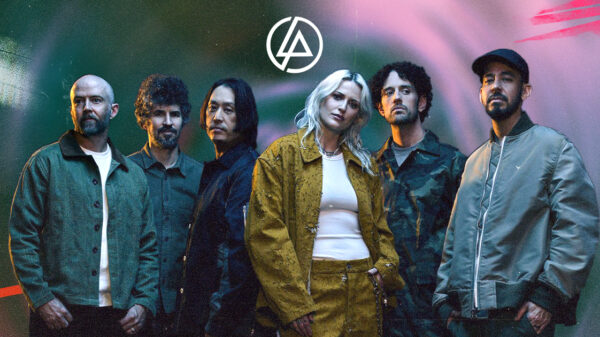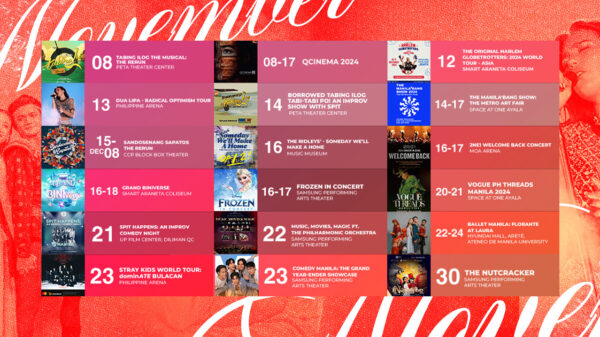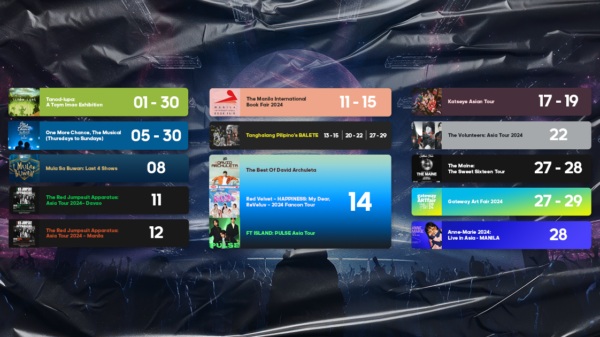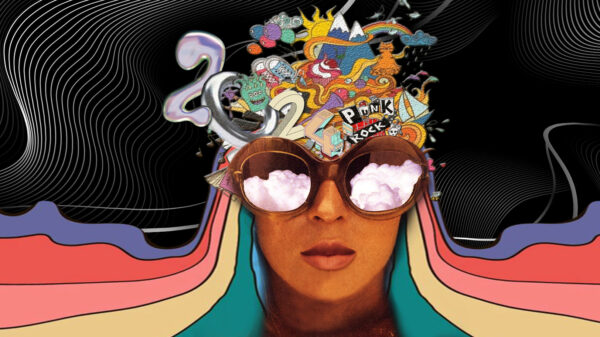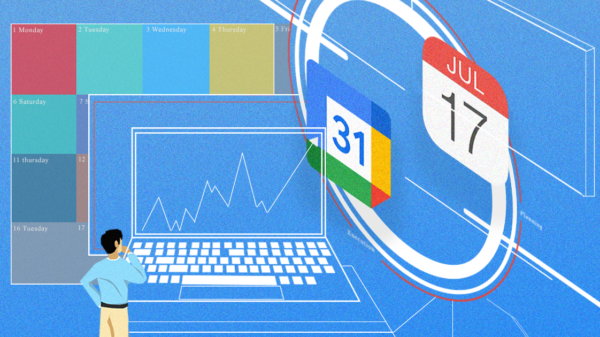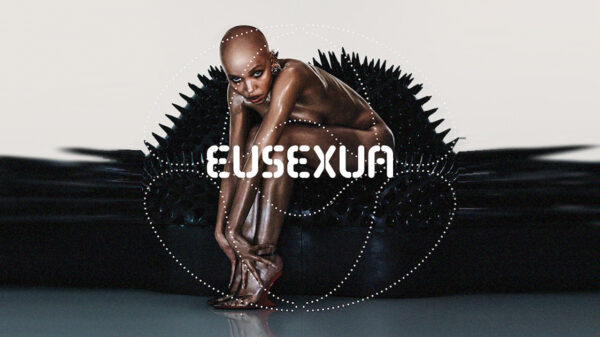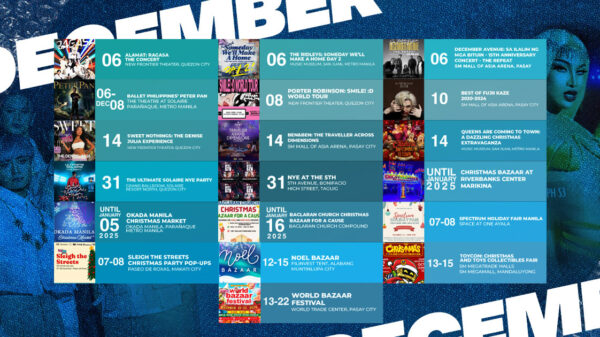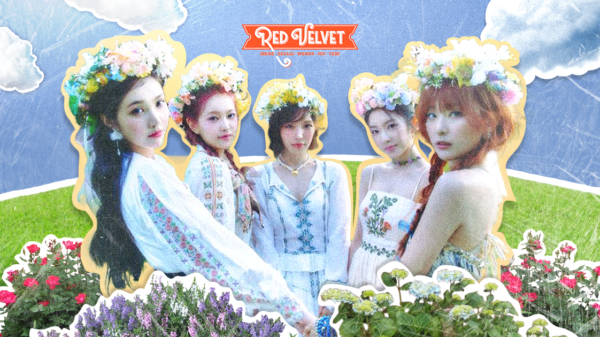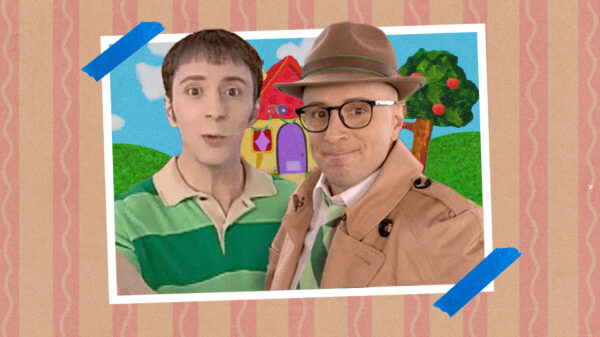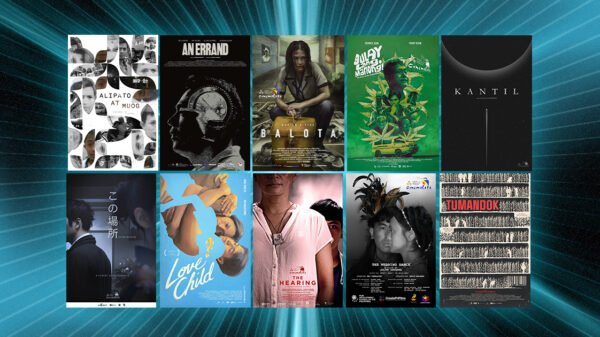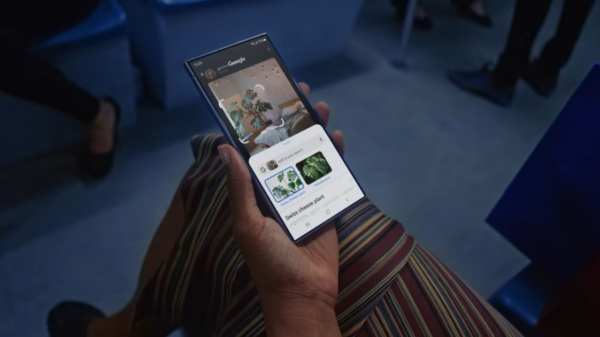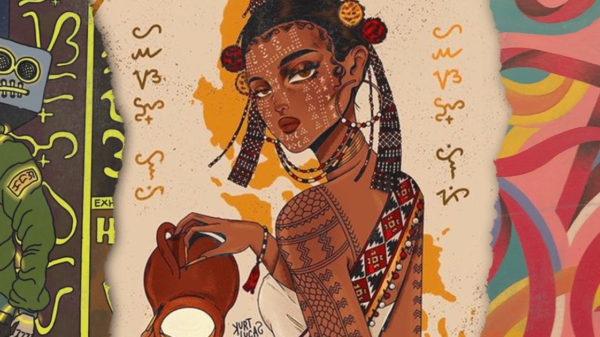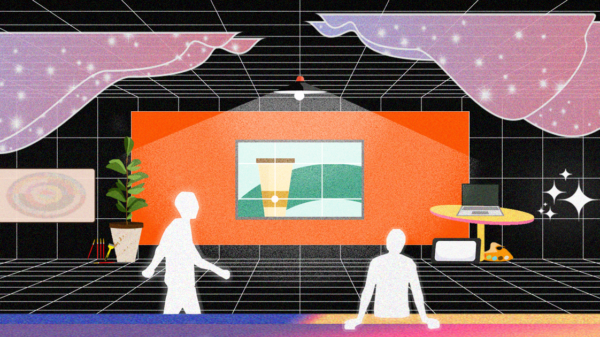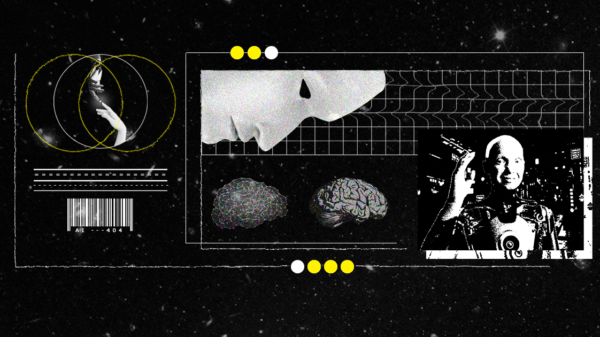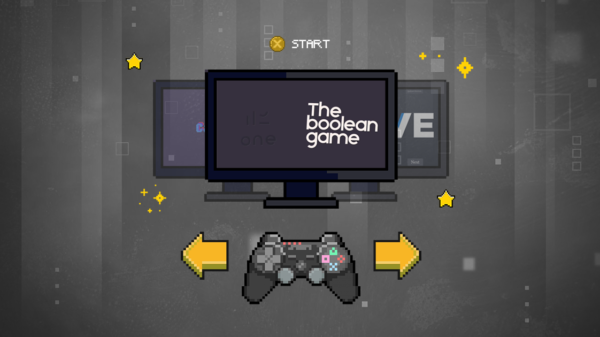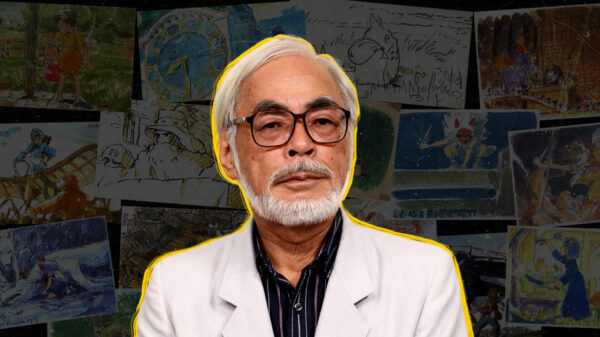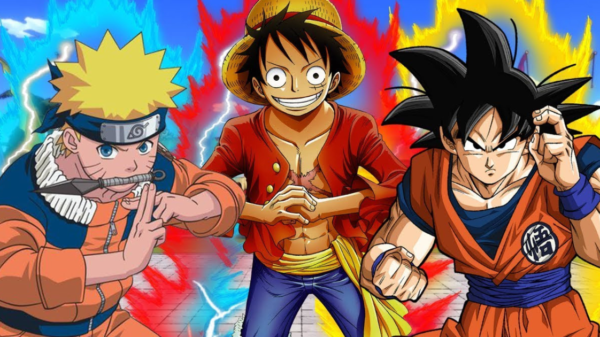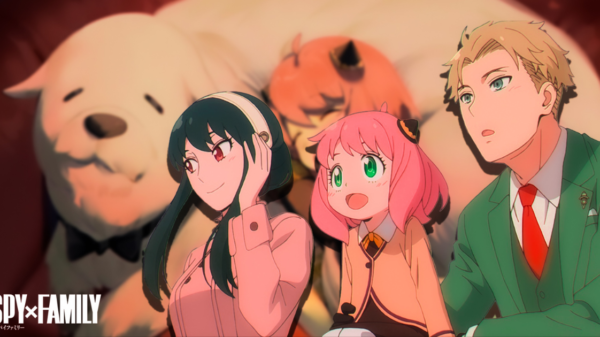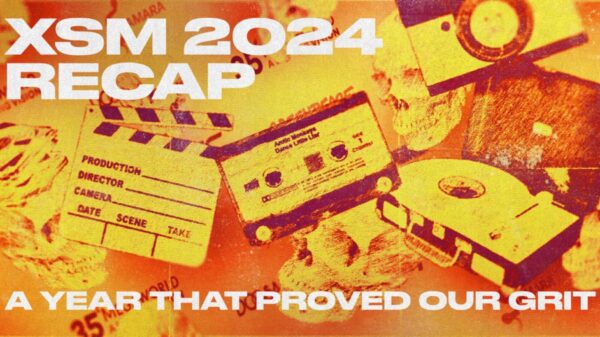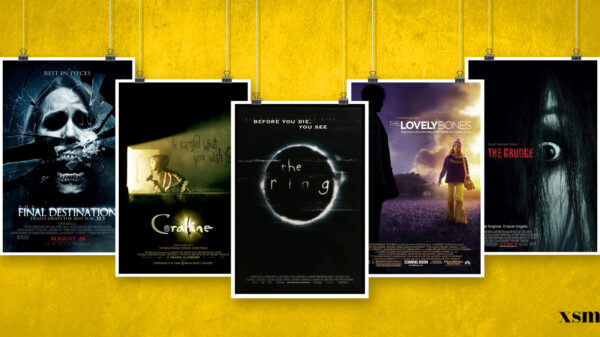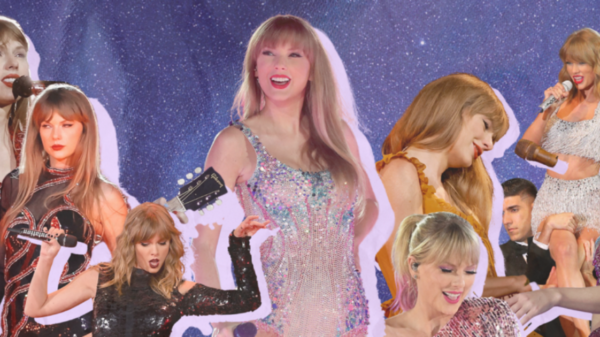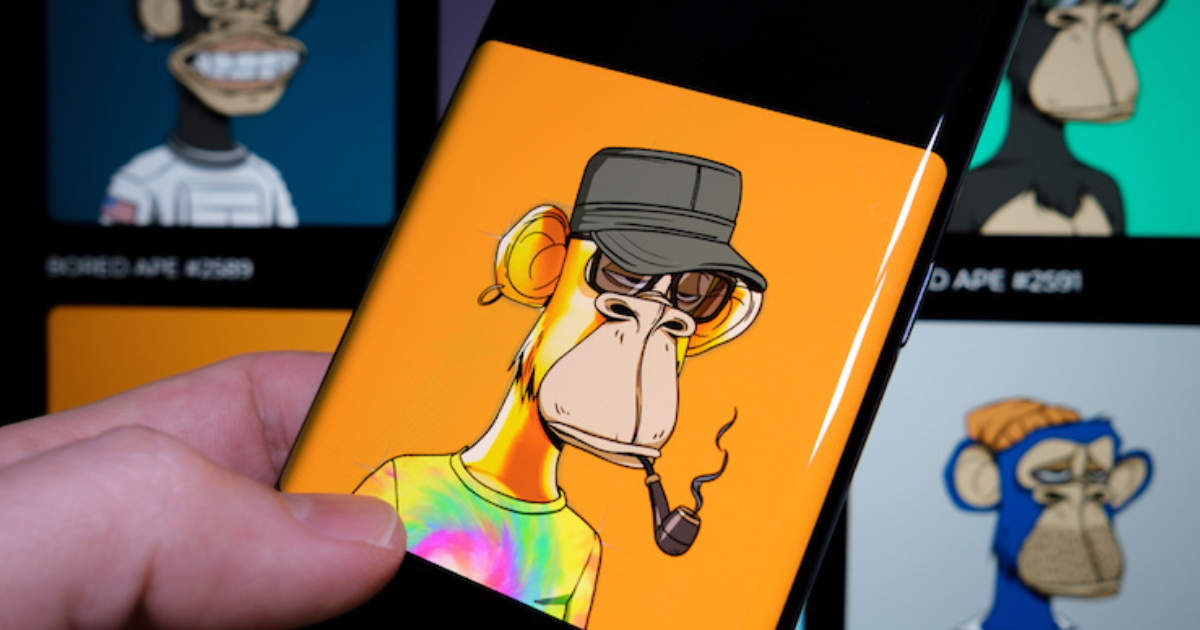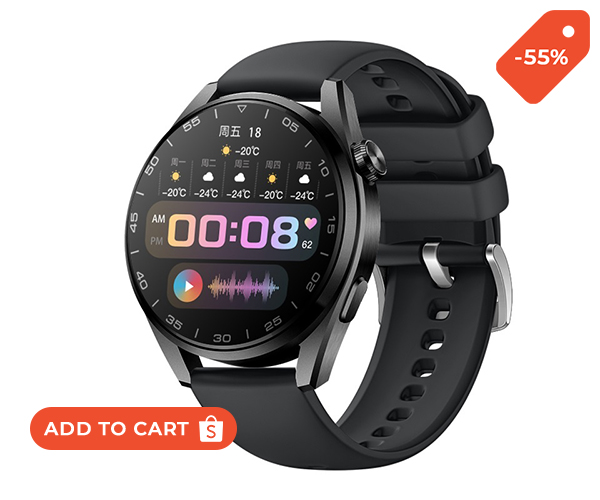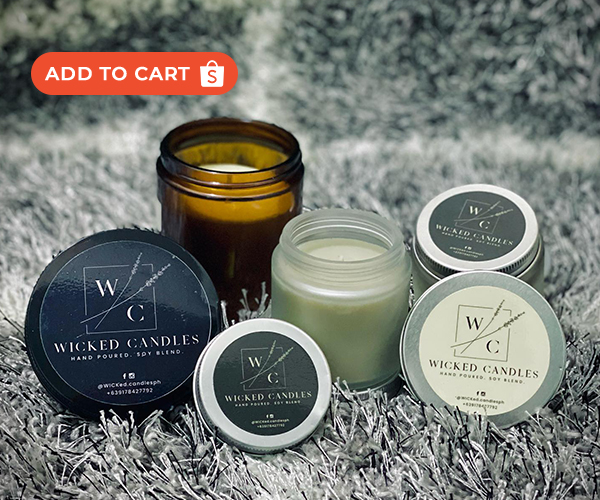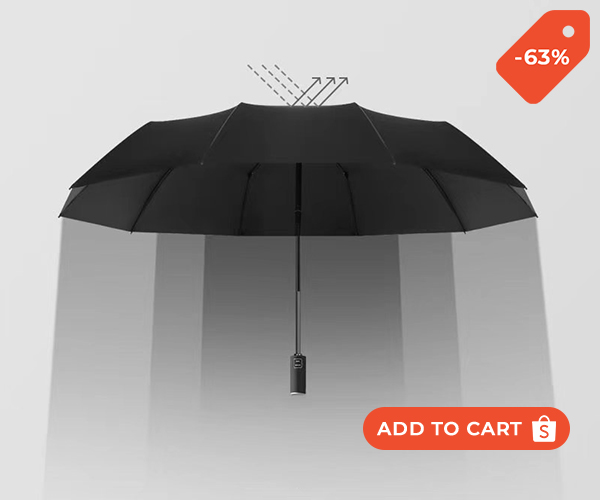They say that this is the year of NFTs and that’s right—it’s everywhere and everyone seems to know about this for quite some time now. NFTs exploded in popularity and the situation has only gotten more complicated.
What is an NFT? What does it stand for?

Non-fungible token. “Non-fungible” more or less means that it’s unique and can’t be replaced with something else. For example, a bitcoin is fungible — trade one for another bitcoin, and you’ll have exactly the same thing.
A one-of-a-kind trading card, however, is non-fungible. If you traded it for a different card, you’d have something completely different.
How do NFTs work?
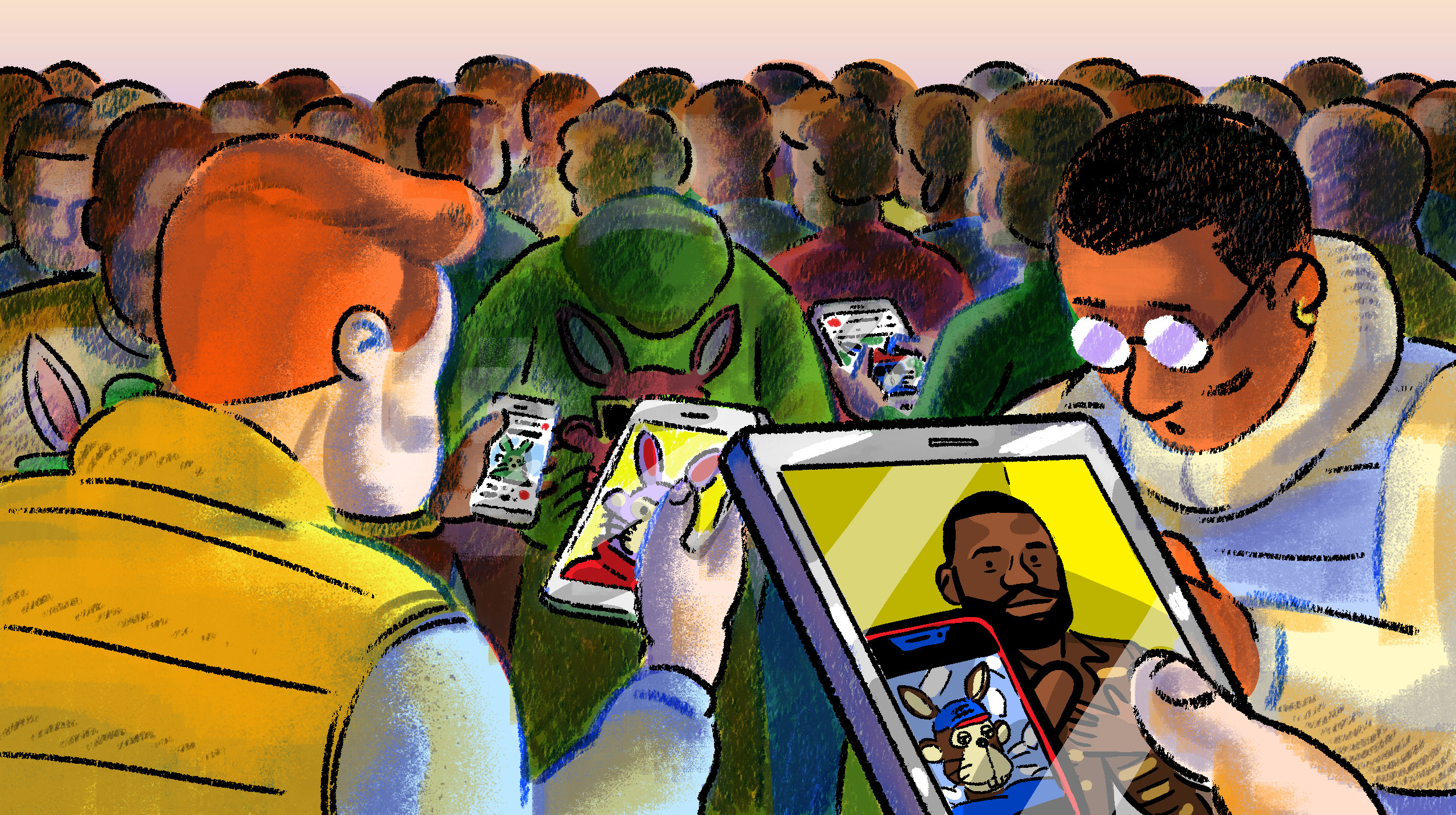
Okay, let’s make it quick and this simple:
Most NFTs are part of the Ethereum blockchain, though other blockchains have implemented their own version of NFTs. Ethereum is a cryptocurrency, like bitcoin or dogecoin, but its blockchain also keeps track of who’s holding and trading NFTs. NFTs can really be anything digital (such as drawings, music, your brain downloaded and turned into an AI), but a lot of the current excitement is around using the tech to sell digital art.
What is a blockchain?

Such a complex topic ahead, but to put the basic idea—blockchains are a way to store data without having to trust any company or entity to keep things secure and accurate.
The future of collecting

NFTs are designed to give you something that can’t be copied: ownership of the work (though the artist can still retain the copyright and reproduction rights, just like with physical artwork). To put it in terms of physical art collecting: anyone can buy a Monet print. But only one person can own the original.
So, it’s different if you’re the artist or the buyer itself. If you’re an artist, you might be interested in NFTs because it gives you a way to sell work that there otherwise might not be much of a market for. Some NFT marketplaces have a feature where you can make sure you get paid a percentage every time your NFT is sold or changes hands. That makes sure that if your work gets super popular and balloons in value, you’ll see some of that benefit.

And if you’re a buyer—one benefit of buying art is it lets you financially support artists you like. Buying an NFT also usually gets you some basic usage rights, like being able to post the image online or set it as your profile picture. Plus, of course, there are bragging rights that you own the art, with a blockchain entry to back it up.
CONCLUSION
We have seen big brands, even luxury brands launch their NFTs. I guess this became the trend now. But is NFT mainstream? I guess not. Well, maybe some others are trying to decipher what this truly means and how does it work—it’s a complex process but the brief explainer is at the top, am I right? But one thing is for sure: it’s cool!
There are several marketplaces that have popped up around NFTs, which allow people to buy and sell anything, even the most random ones. NFTs really became technically possible when the Ethereum blockchain added support for them as part of a new standard.







